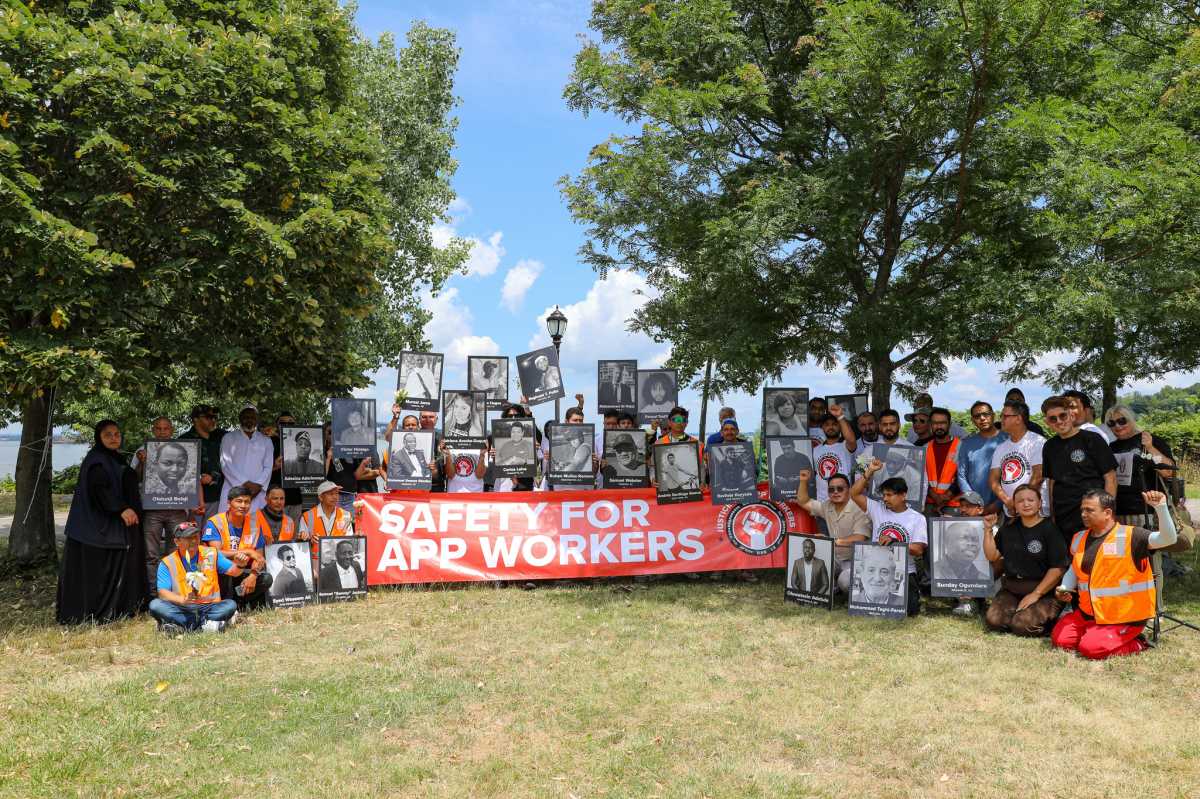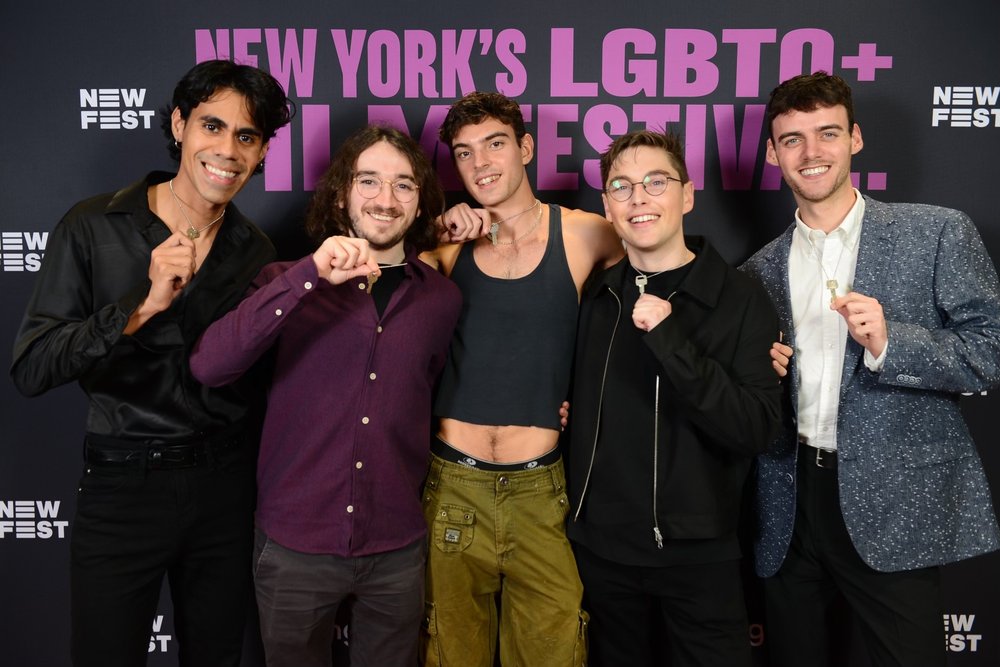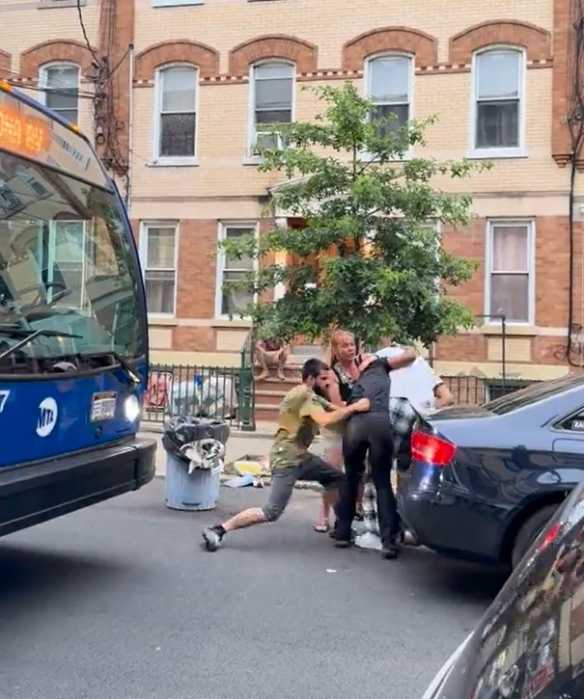Just a few years ago, Community Board 2 was an example of everything that possibly could be wrong with a community board. The volunteer, 50-member body was bitterly divided between business owners and residents, and the hostility was palpable and unconstructive. A low point came when it was revealed that the leading candidate for chairperson had hidden from his fellow board members a conflict-of-interest ruling about himself for almost a year and a half.
Of course, the problems start from the top. The Manhattan borough president then was C. Virginia Fields. She courted the business community in her bid to run for mayor, which was reflected in the community board’s makeup, as the number of appointees who were business owners grew. Although C.B. 2 — which includes Greenwich Village, Soho, Noho, Hudson Square, Little Italy and the Meat Market — probably had an anti-business bias before, Fields swung the pendulum too far the other way.
Since Scott Stringer took office as borough president at the start of 2006, however, C.B. 2 has shaped up dramatically. One of Stringer’s campaign planks was community board reform — and a major inspiration for that position was the mess at C.B. 2. He set up a blue-ribbon screening panel to vet new applicants and members seeking reappointment, and his office did outreach to find qualified applicants and to increase the boards’ diversity and representation. He also redressed the business-versus-residents imbalance that had grown on C.B. 2 by appointing more community members to the board.
However, it was really under Brad Hoylman as chairperson during the past two years that C.B. 2 made its impressive turnaround — to the point where, today, as opposed to a feuding board, C.B. 2 is a model of a well-functioning one.
Hoylman stepped down last month following the board’s unofficial two-year term limit for chairperson. During his tenure, he ran the board with aplomb, intelligence, a deft touch and respect.
It’s not surprising that Stringer had tapped Hoylman to be part of a team to help him craft his improved process for screening new board applicants. Hoylman also made sure his own board members became more familiar with what constitutes conflict of interest, so as not to repeat the problems of the past.
Whether managing huge, contentious meetings on issues like the St. Vincent’s Hospital rebuilding project or overseeing the public review of important New York University projects, such as the co-generation initiative or the Provincetown Playhouse project, Hoylman was steady, fair, sensible and engaged.
Ultimately, C.B. 2 under his leadership showed, as he put it, that community boards “can be effective, can be credible, can make a difference.” Our thanks to Hoylman for all his good work on the behalf of the community, because, under him, the board really did “make a difference.” What transpired at C.B. 2 holds lessons for Lower Manhattan’s Community Board 1 and all the city’s community boards.
In addition, C.B. 2’s new district manager, Bob Gormley — with his no-nonsense professionalism — has helped overhaul the board’s climate.
Jo Hamilton, the board’s new chairperson, an ally of Hoylman’s and an impressive activist in her own right, has now taken the reins at C.B. 2. We know that her interest is first and foremost in the community, and we wish her great success in her new leadership position. In Hoylman, she’s learned from one of the best.


































